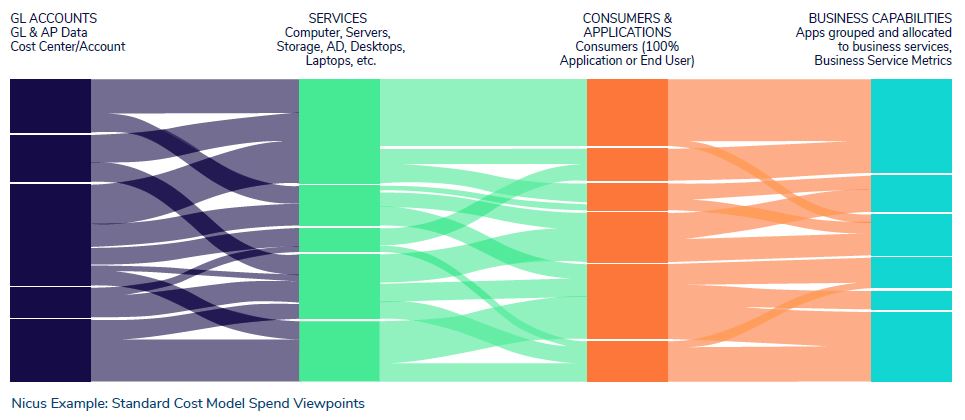

If you’ve made the decision or have been tasked with building a cost model, it’s likely your organization and its stakeholders seek a deeper understanding of cost vs. value for informed decision-making. As you approach the journey ahead, it is important that you remain focused on your goals and your model includes, minimally, these three capabilities:
There are four layered allocation views in all standard cost models. Here’s an explanation of each and what they accomplish for key stakeholders:

Many models are designed to accept only one dimension of inputs, usually budget data. But building your model to accept actuals and forecasts in addition to budgets extends its utility by leaps and bounds.

By combining all three data sources, you get visibility of not only what services are supposed to cost, but also what they truly end up costing and what you can expect them to cost moving forward – enabling you to incorporate model outputs into service P&Ls, chargebacks or showbacks, and multi-year planning.
Having both forward and backward traceability in your model is important for two primary reasons:
For further guidance on this journey including model design, building and managing your cost model, socializing and defending the model, download our eBook, A Practitioner’s Guide to Cost Modeling.